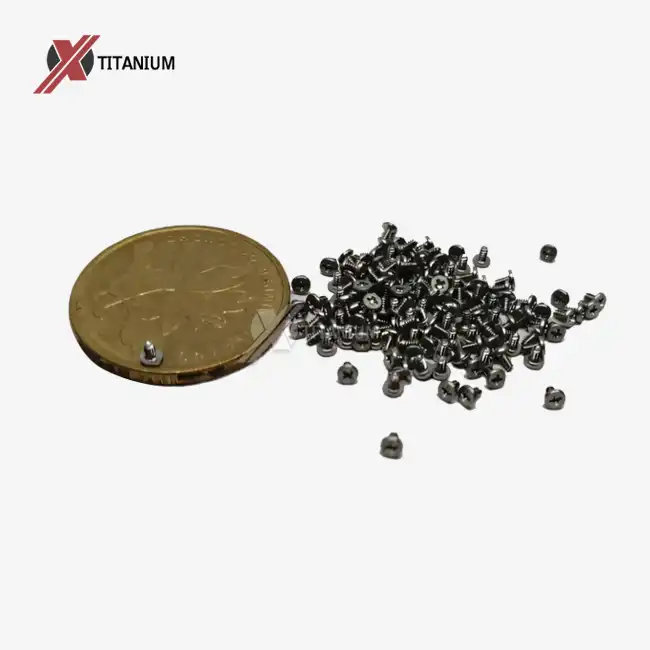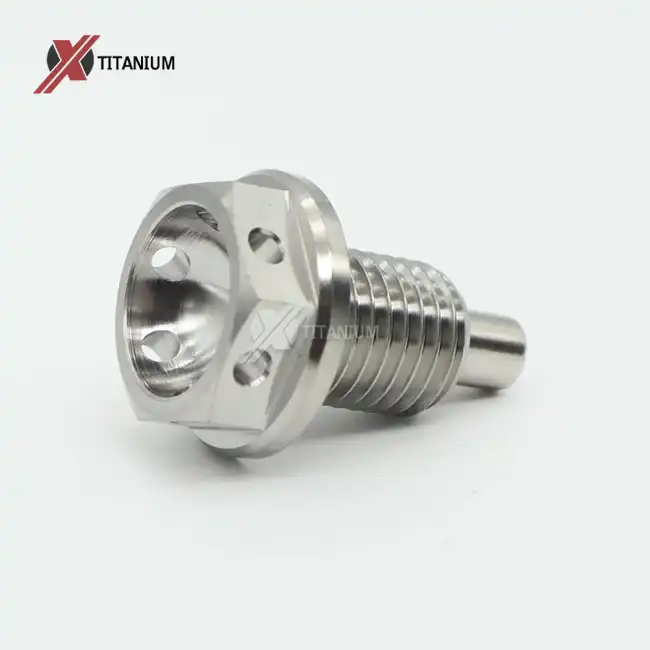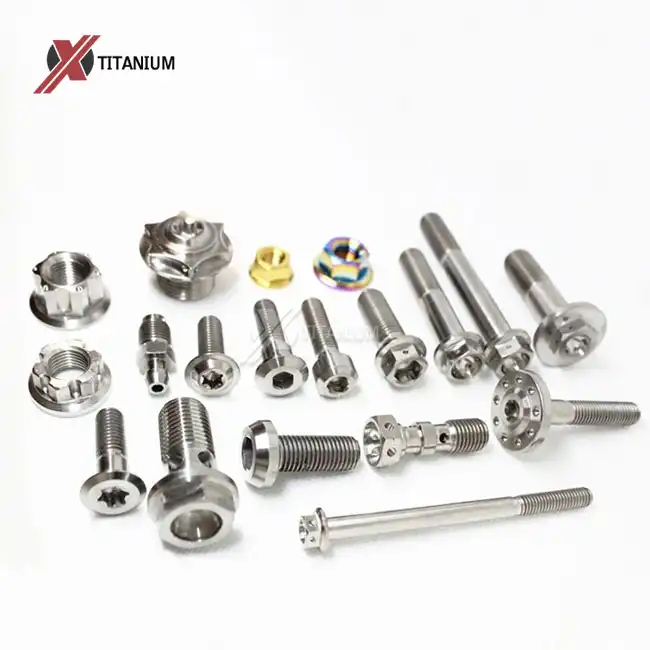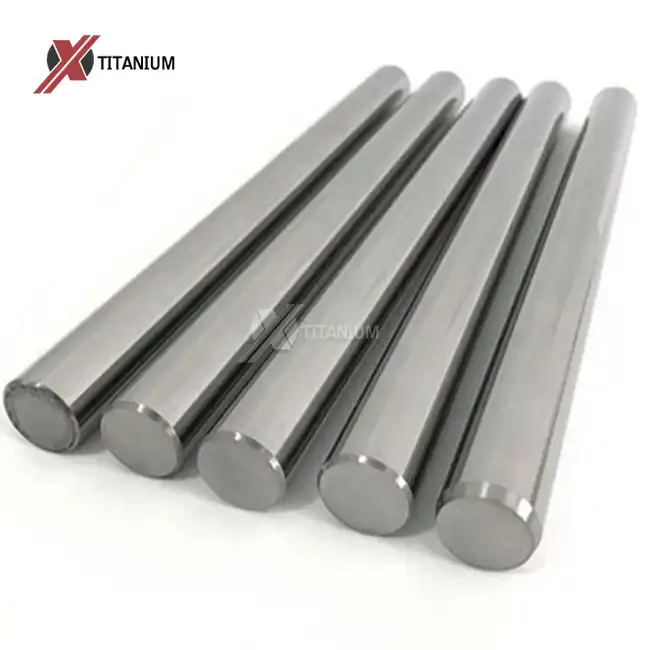- English
- French
- German
- Portuguese
- Spanish
- Russian
- Japanese
- Korean
- Arabic
- Greek
- German
- Turkish
- Italian
- Danish
- Romanian
- Indonesian
- Czech
- Afrikaans
- Swedish
- Polish
- Basque
- Catalan
- Esperanto
- Hindi
- Lao
- Albanian
- Amharic
- Armenian
- Azerbaijani
- Belarusian
- Bengali
- Bosnian
- Bulgarian
- Cebuano
- Chichewa
- Corsican
- Croatian
- Dutch
- Estonian
- Filipino
- Finnish
- Frisian
- Galician
- Georgian
- Gujarati
- Haitian
- Hausa
- Hawaiian
- Hebrew
- Hmong
- Hungarian
- Icelandic
- Igbo
- Javanese
- Kannada
- Kazakh
- Khmer
- Kurdish
- Kyrgyz
- Latin
- Latvian
- Lithuanian
- Luxembou..
- Macedonian
- Malagasy
- Malay
- Malayalam
- Maltese
- Maori
- Marathi
- Mongolian
- Burmese
- Nepali
- Norwegian
- Pashto
- Persian
- Punjabi
- Serbian
- Sesotho
- Sinhala
- Slovak
- Slovenian
- Somali
- Samoan
- Scots Gaelic
- Shona
- Sindhi
- Sundanese
- Swahili
- Tajik
- Tamil
- Telugu
- Thai
- Ukrainian
- Urdu
- Uzbek
- Vietnamese
- Welsh
- Xhosa
- Yiddish
- Yoruba
- Zulu
What Surface Treatments Are Available for Titanium Eye Bolts?
Titanium eye bolts can benefit from various surface treatments to enhance their performance and durability. The most common surface treatments available for titanium eye bolts include anodizing, which creates a protective oxide layer; nitriding, which improves hardness and wear resistance; and passivation, which forms a thin, protective film. Other options include physical vapor deposition (PVD) coatings for increased corrosion resistance and decorative finishes, as well as shot peening to improve fatigue strength. Each treatment offers unique advantages, allowing manufacturers to tailor titanium eye bolts to specific application requirements and environmental conditions.
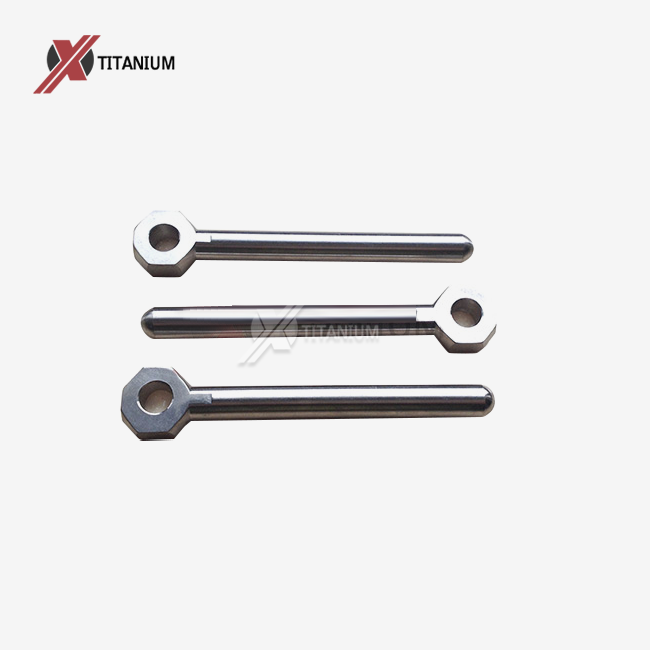
Comprehending Titanium Eye Bolts and Their Applications
Titanium eye bolts are specialized fasteners designed for lifting and securing heavy loads in various industries. These robust components are crafted from titanium alloys, known for their exceptional strength-to-weight ratio and corrosion resistance. The unique properties of titanium make these eye bolts ideal for demanding applications where traditional materials may fall short.
In the aerospace industry, titanium eye bolts play a crucial role in aircraft assembly and maintenance. Their lightweight nature contributes to fuel efficiency without compromising on strength. Marine environments also benefit from titanium eye bolts, as they resist saltwater corrosion, ensuring long-lasting performance in offshore platforms and shipbuilding.
The medical field utilizes titanium eye bolts in specialized equipment and implants, taking advantage of titanium's biocompatibility. In the automotive sector, these fasteners find applications in high-performance vehicles and racing, where weight reduction is paramount. The chemical processing industry also relies on titanium eye bolts for their resistance to harsh chemicals and high temperatures.
Key Features of Titanium Eye Bolts
Titanium eye bolts boast several key features that set them apart from their counterparts made of other materials:
- High strength-to-weight ratio
- Excellent corrosion resistance
- Biocompatibility
- Low thermal expansion
- Non-magnetic properties
- Ability to withstand extreme temperatures
Exploring Surface Treatments for Titanium Eye Bolts
Surface treatments for titanium eye bolts serve multiple purposes, from improving wear resistance to enhancing aesthetic appeal. Let's delve into some of the most effective and widely used surface treatments available for these high-performance fasteners.
Anodizing
Anodizing is an electrochemical process that creates a protective oxide layer on the surface of titanium eye bolts. This treatment not only enhances corrosion resistance but also allows for color coding, which can be beneficial in complex assembly processes. The anodized layer can range from Type II (thin) to Type III (thick), depending on the desired level of protection and aesthetics.
The anodizing process for titanium eye bolts typically involves the following steps:
- Cleaning and degreasing the surface
- Etching to remove any existing oxide layer
- Immersing the eye bolt in an electrolyte solution
- Applying an electrical current to create the oxide layer
- Sealing the porous oxide layer
Nitriding
Nitriding is a thermochemical process that diffuses nitrogen into the surface of titanium eye bolts, creating a hard, wear-resistant layer. This treatment is particularly beneficial for applications where the eye bolts are subjected to high loads and frequent use.
The nitriding process can be achieved through various methods, including:
- Gas nitriding
- Plasma nitriding
- Salt bath nitriding
Each method has its advantages, but all result in improved surface hardness, wear resistance, and fatigue strength. Nitrided titanium eye bolts exhibit enhanced performance in high-stress environments, making them suitable for aerospace and automotive applications.
Passivation
Passivation is a chemical process that removes free iron and other contaminants from the surface of titanium eye bolts, creating a thin, protective oxide film. This treatment is crucial for maintaining the corrosion resistance of titanium in aggressive environments.
The passivation process typically involves:
- Cleaning the surface thoroughly
- Immersing the eye bolt in a passivating solution (often nitric or citric acid)
- Rinsing and drying the treated component
Passivation enhances the natural corrosion resistance of titanium eye bolts, making them even more suitable for use in marine environments, chemical processing plants, and medical applications.
Physical Vapor Deposition (PVD) Coatings
PVD coatings offer a versatile way to improve the surface properties of titanium eye bolts. This process involves depositing a thin film of material onto the surface of the eye bolt in a vacuum environment. PVD coatings can provide:
- Increased hardness and wear resistance
- Enhanced corrosion protection
- Improved lubricity
- Decorative finishes
Common PVD coatings for titanium eye bolts include titanium nitride (TiN), titanium aluminum nitride (TiAlN), and diamond-like carbon (DLC). These coatings can significantly extend the service life of eye bolts in demanding applications.
Shot Peening
Shot peening is a mechanical surface treatment that improves the fatigue strength of titanium eye bolts. This process involves bombarding the surface with small, spherical media (usually steel or ceramic shot) at high velocities. The impact creates a layer of compressive stress on the surface, which helps to prevent crack initiation and propagation.
Benefits of shot peening for titanium eye bolts include:
- Increased fatigue life
- Improved stress corrosion resistance
- Enhanced wear resistance
Selecting the Right Surface Treatment for Your Application
Choosing the appropriate surface treatment for titanium eye bolts depends on several factors, including the intended application, environmental conditions, and performance requirements. Consider the following aspects when selecting a surface treatment:
Application-Specific Requirements
Different industries and applications have unique demands for titanium eye bolts. For instance:
- Aerospace: Prioritize lightweight solutions with high fatigue strength (e.g., shot peening or nitriding)
- Marine: Focus on corrosion resistance (e.g., anodizing or passivation)
- Medical: Ensure biocompatibility and sterilization compatibility (e.g., passivation or specialized PVD coatings)
- Chemical Processing: Emphasize chemical resistance and durability (e.g., PVD coatings or anodizing)
Environmental Factors
Consider the environment in which the titanium eye bolts will operate:
- High-temperature environments may benefit from nitriding or certain PVD coatings
- Saltwater exposure calls for strong corrosion protection, such as anodizing or passivation
- Abrasive conditions might require hard PVD coatings or nitriding for improved wear resistance
Cost and Processing Considerations
Evaluate the cost-effectiveness of different surface treatments in relation to the expected performance benefits and production volume. Some treatments may be more suitable for large-scale production, while others might be more appropriate for specialized, low-volume applications.
Regulatory Compliance
Ensure that the chosen surface treatment meets any relevant industry standards or regulatory requirements, particularly in aerospace, medical, and automotive applications. By carefully considering these factors, you can select the optimal surface treatment for your titanium eye bolts, ensuring they meet the performance, durability, and reliability standards required for your specific application.
Conclusion
Surface treatments play a crucial role in enhancing the performance and longevity of titanium eye bolts across various industries. From anodizing and nitriding to passivation and PVD coatings, each treatment offers unique benefits that can be tailored to specific application requirements. By understanding the available options and considering factors such as environmental conditions, performance needs, and regulatory compliance, manufacturers and engineers can make informed decisions to optimize their titanium eye bolts for maximum efficiency and durability.
For more information on titanium eye bolts and surface treatments, or to discuss your specific requirements, please don't hesitate to contact us at info@cltifastener.com or djy6580@aliyun.com. Our team of experts is ready to assist you in selecting the best solution for your application.
References
1. Lutjering, G., & Williams, J. C. (2007). Titanium (2nd ed.). Springer-Verlag Berlin Heidelberg.
2. Donachie, M. J. (2000). Titanium: A Technical Guide (2nd ed.). ASM International.
3. Boyer, R., Welsch, G., & Collings, E. W. (1994). Materials Properties Handbook: Titanium Alloys. ASM International.
4. Leyens, C., & Peters, M. (2003). Titanium and Titanium Alloys: Fundamentals and Applications. Wiley-VCH.
5. Campbell, F. C. (2006). Manufacturing Technology for Aerospace Structural Materials. Elsevier.
Learn about our latest products and discounts through SMS or email
